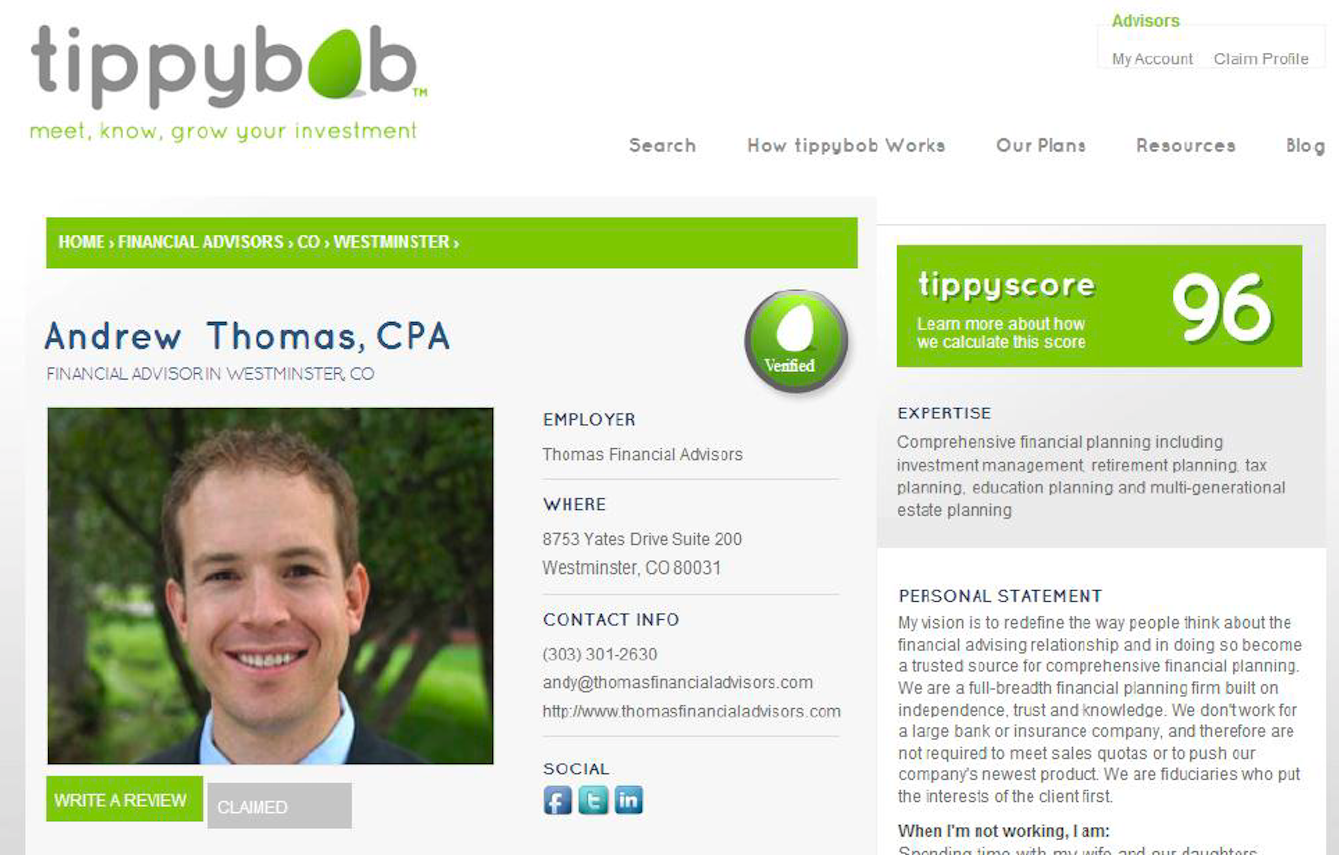10 years of fintech failures: 3 more ideas that failed to live up to the initial hype

This article follows a piece I wrote that looked at six fintech ideas from the first decade of fintech that failed to go mainstream – algorithmic buy/sell/hold advice, trade mimicry, P2P lending, P2P insurance, on-demand insurance and stand-alone financial planning apps. But there is more to the story. Given the intense interest in the fintech sector, it is worth examining three more concepts that initially seemed promising but largely failed to change the financial industry.
Before diving in, it is again important to first define how we categorize “error”. This article is not focused on highlighting the demise of individual high-profile fintech startups or various failed fintech initiatives undertaken by large companies (such as BloombergBlack or UBS’ SmarthWealth).
These ideas rolled out with hype and momentum, but they ultimately failed to change the way the average person manages their money.
Rather, this piece will focus on fintech ideas which gained some initial hype and momentum but ultimately failed to change the way the average person manages their money. So, with those caveats, here are three more fintech concepts from the last ten years of fintech that failed.
Independent search and matchmaking tools for financial advisers
In the early 2010s, approximately 15 firms launched an online search or matchmaking service designed to help individuals find a financial advisor that best suited their needs. The traditional approach to financial advice – where affluent individuals typically find an advisor through friends, family or a local financial advisor’s proactive sales outreach – is behind modern online product search trends. Every day, consumers shop online and pour over user reviews. The logic behind this early wave of startups was that the experience of finding a financial advisor should mimic the way consumers look for other products and services online.
Financial advisor matchmaking startups typically took one of two approaches. The first approach was to offer a search tool that allows users to find local financial advisors based on parameters such as assets under management, experience, rating, gender, etc. Here is an example of a financial advisor’s profile on the now-defunct financial advisor search tool Tippybob.

2013 Screenshot of a financial advisor profile at Tippybob. Photo: Greg Easterbrook
The second approach was to offer an online financial advisor matchmaking service. Prospective clients were asked to enter basic information about income, age, assets, needs, etc., and the firm would introduce them to a local financial advisor selected as a personalized fit.
As of 2023, there are still a few independent websites (such as Smart Asset and Zoe Financial) that offer some sort of financial advisor matchmaking tool. And of course googling “financial advisors in my area” will yield paid ad placements. In general, however, search and matchmaking tools for independent financial advisors failed to become mainstream. Most wealthy individuals still find their financial advisor via traditional methods rather than relying on online approaches.
This idea did not catch on for two reasons. First, these startups failed to overcome the difficulty of building a two-sided network for a product with a slow sales cycle. Advisors did not want to join these matchmaking services unless there is a large number of users on the platform. However, without a significant number of advisors on the platform, these services struggled to attract users. This chicken-or-the-egg problem was compounded by the very slow sales cycle of financial advice.
Second, financial advice is fundamentally different from other types of goods and services sold online. There are potentially massive negative consequences if a consumer chooses the wrong financial advisor and they receive poor investment advice. Ordering a pizza or a pair of shoes online does not carry the same risk.
Consumers looking to work with a financial advisor seem inclined to only want to hire someone in whom they have a high degree of personal trust. Thus, the financial adviser business model has proven resilient to the disruptions of online product search and comparison services that have upended so many other industries.
























